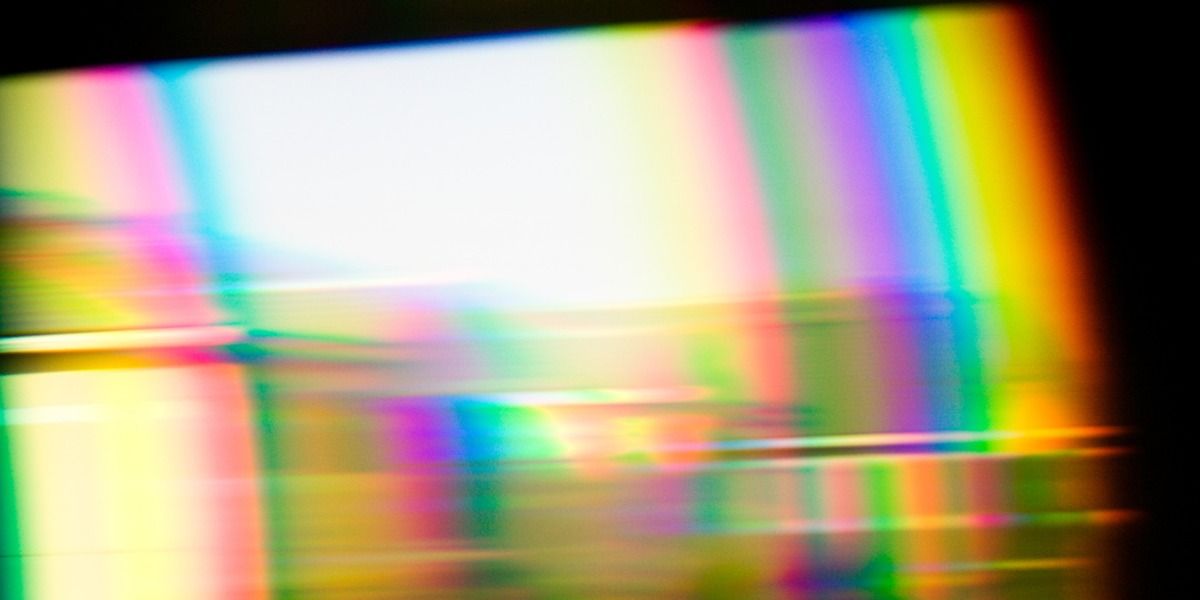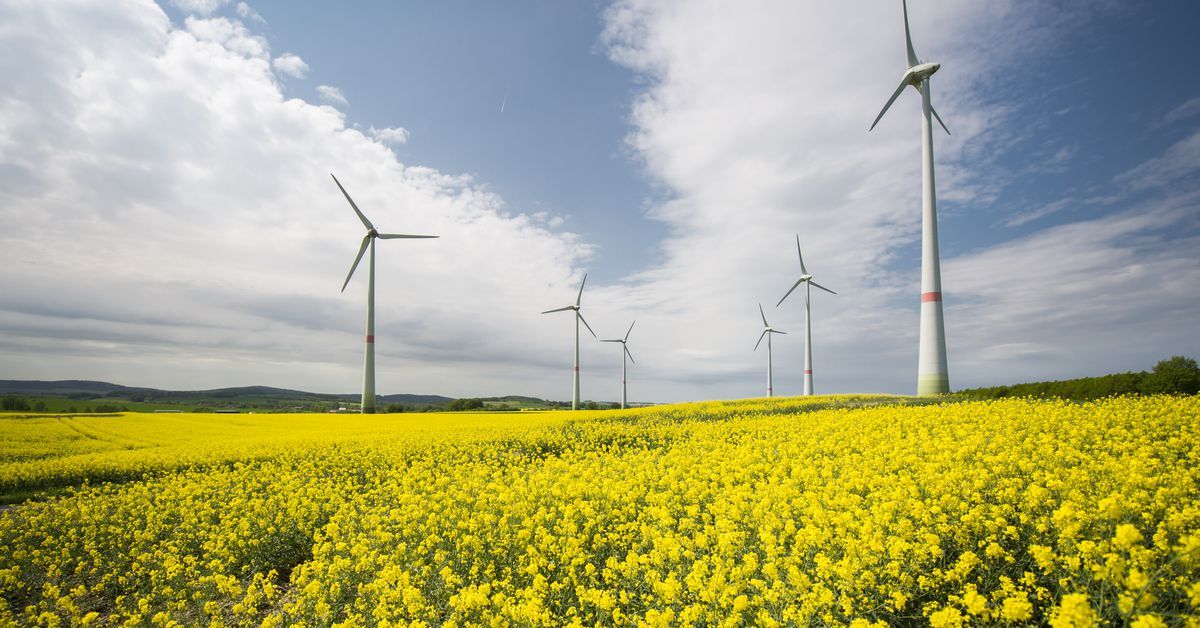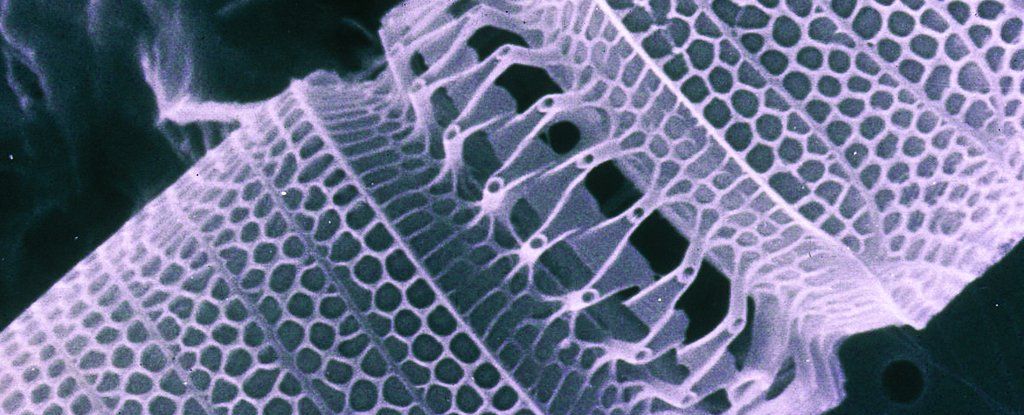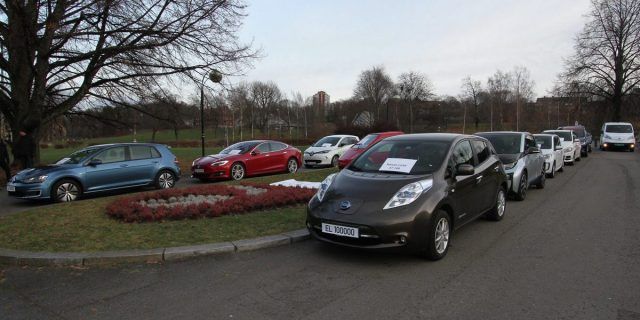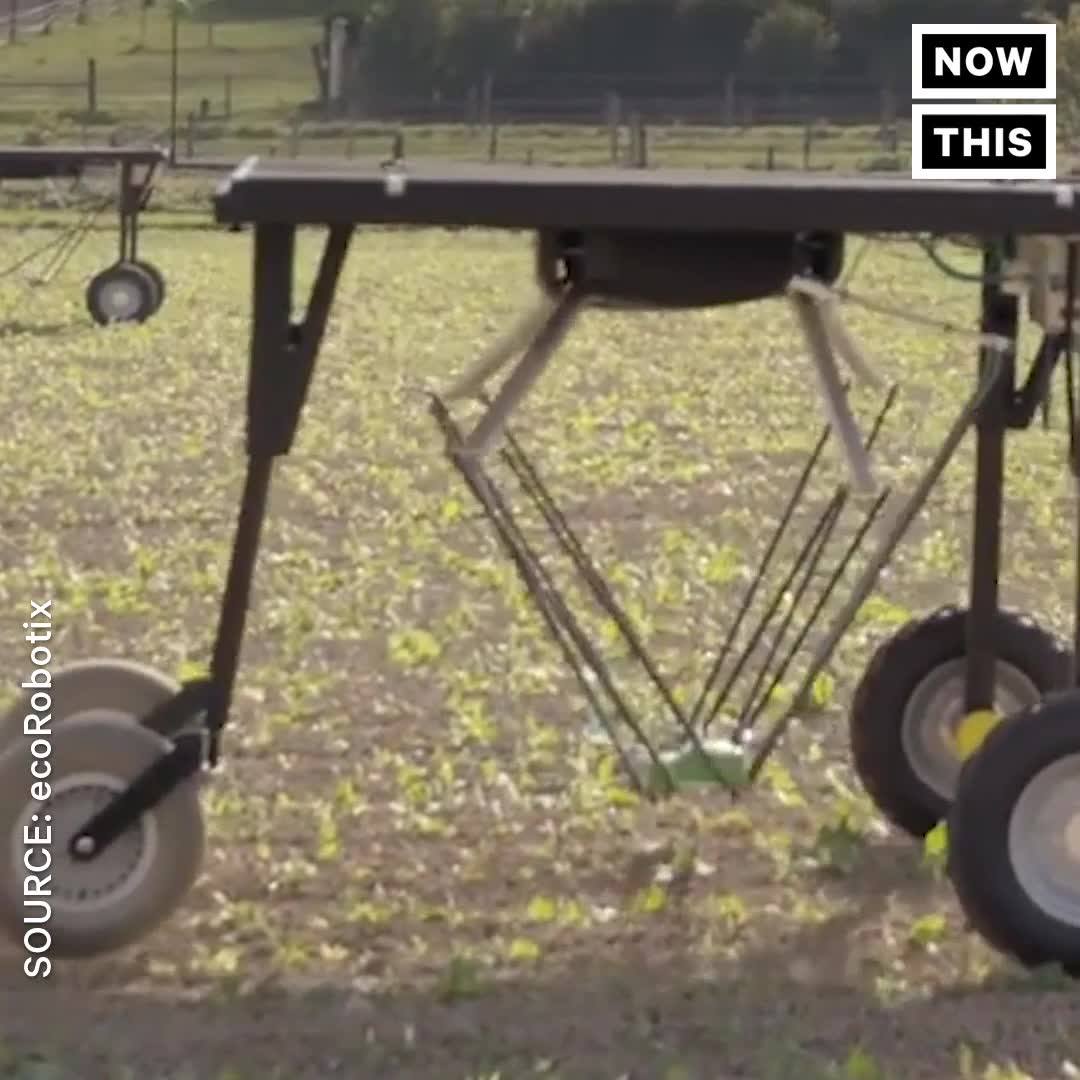Archive for the ‘sustainability’ category: Page 546
Jun 6, 2018
Under the sea, Microsoft tests a datacenter that’s quick to deploy, could provide internet connectivity for years
Posted by Klaus Baldauf in categories: internet, robotics/AI, sustainability
Microsoft is leveraging technology from submarines and working with pioneers in marine energy for the second phase of its moonshot to develop self-sufficient underwater datacenters that can deliver lightning-quick cloud services to coastal cities. An experimental, shipping-container-size prototype is processing workloads on the seafloor near Scotland’s Orkney Islands, Microsoft announced today.
The deployment of the Northern Isles datacenter at the European Marine Energy Centre marks a milestone in Microsoft’s Project Natick, a years-long research effort to investigate manufacturing and operating environmentally sustainable, prepackaged datacenter units that can be ordered to size, rapidly deployed and left to operate lights out on the seafloor for years.
“That is kind of a crazy set of demands to make,” said Peter Lee, corporate vice president of Microsoft AI and Research, who leads the New Experiences and Technologies, or NExT, group. “Natick is trying to get there.”
Jun 4, 2018
Tesla has ‘about 11,000’ energy storage projects underway in Puerto Rico, says Elon Musk
Posted by Genevieve Klien in categories: climatology, Elon Musk, sustainability
Tesla is apparently significantly ramping up its effort to help rebuild the power grid in Puerto Rico after it was destroyed by hurricanes last year.
After having completed hundreds of energy storage project on the islands in the last few months, Tesla CEO Elon Musk now says that they have ‘about 11,000’ energy storage projects underway in Puerto Rico, which means something big is in the work.
Jun 2, 2018
This Smartphone Pioneer Is Fighting to Create a Transhumanist Superdemocracy
Posted by Derick Lee in categories: mobile phones, robotics/AI, sustainability, transhumanism
It’s a philosophy best exemplified by Wood’s book released last month, Transcending Politics: A Technoprogressive Roadmap to a Comprehensively Better Future, which starts by declaring politics “broken,” technology as something that “risks making matters worse,” and deems transhumanism the force that can fix it all “comprehensively”:
David Wood, a transhumanist who co-founded Symbian in 1998, is working to develop a transhumanist superdemocracy that uses the best parts of artificial intelligence and communication to draw on the likes of Zoltan Istvan and Peter Thiel in a new movement to create longevity and sustainable abundance for all.
May 31, 2018
Europe is building more wind and solar — without any subsidies
Posted by Bill Kemp in categories: energy, sustainability
In the United States, the energy market dynamics are quite different. There is less top-down pressure to deploy renewables in the US, and the main support comes in the form of tax credits on the back end rather than feed-in tariffs or other subsidies on the customer-facing side. These subsidies are applied across the industry and not through a competitive bidding process. As a result, there isn’t as strong a push to get the industry off the incentives that are available.
But one element of the American renewable energy experience is gaining ground in Europe, namely the use of power purchasing agreements (PPAs) with utilities to buy electricity at a fixed price for years at a time.
PPAs are far less common in Europe than in the United States, but some of these new unsubsidized renewable energy projects are counting on them.
Continue reading “Europe is building more wind and solar — without any subsidies” »
May 30, 2018
Gravity might be the next big renewable energy source
Posted by Shane Hinshaw in categories: energy, sustainability
May 30, 2018
Elon Musk Called Nanotechnology BS
Posted by Klaus Baldauf in categories: Elon Musk, engineering, nanotechnology, solar power, sustainability
In case you missed it, Elon Musk called BS on the field of nanotechnology last week. The ensuing Twitter spat was admittedly rather small on the grand scale of things.
But it did throw up an important question: just what is nanotech, and where does the BS end and the science begin?
I have a sneaky suspicion that Musk was trolling with his initial nano-comment. After all, much of the tech in his cars, solar cells and rockets relies on nanoscale science and engineering.
May 30, 2018
Microbes in Space: Bioengineered Bugs Could Help Colonize New Planets
Posted by Klaus Baldauf in categories: alien life, engineering, sustainability
As humans spread out into the cosmos in search of life, the most alien organisms we encounter may be those we bring with us. Researchers at NASA and elsewhere are engineering microbes so they can carry out many of the functions needed to support human life off-planet.
Humans have been harnessing microbes to do useful work for us for millennia. We’ve used them to make bread, beer, and cheese, and more recently they’ve been put to work to produce medicine, provide fertilizer for crops, and even generate biofuels.
But the emerging field of synthetic biology holds the promise of greatly expanding the things microbes can do for us. Advances in gene editing technology are allowing scientist to re – engineer microbes’ genomes to carry out entirely novel functions like producing chemicals not found in nature, acting as biosensors, and even carrying out computation.
Continue reading “Microbes in Space: Bioengineered Bugs Could Help Colonize New Planets” »
May 30, 2018
Oil industry is finally starting to be affected by Norway’s rapid electric car adoption
Posted by Shailesh Prasad in categories: sustainability, transportation
Norway’s electric vehicle adoption rate is so far ahead of most countries that it gives us glimpses into the future of bigger markets – sometimes even decades ahead of time.
Now it is starting to show signs of demand for gasoline and diesel slowing down as electric vehicles are taking over.
